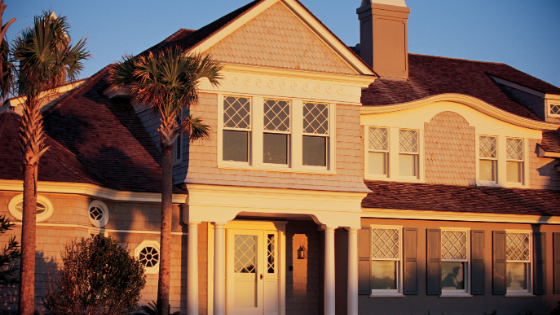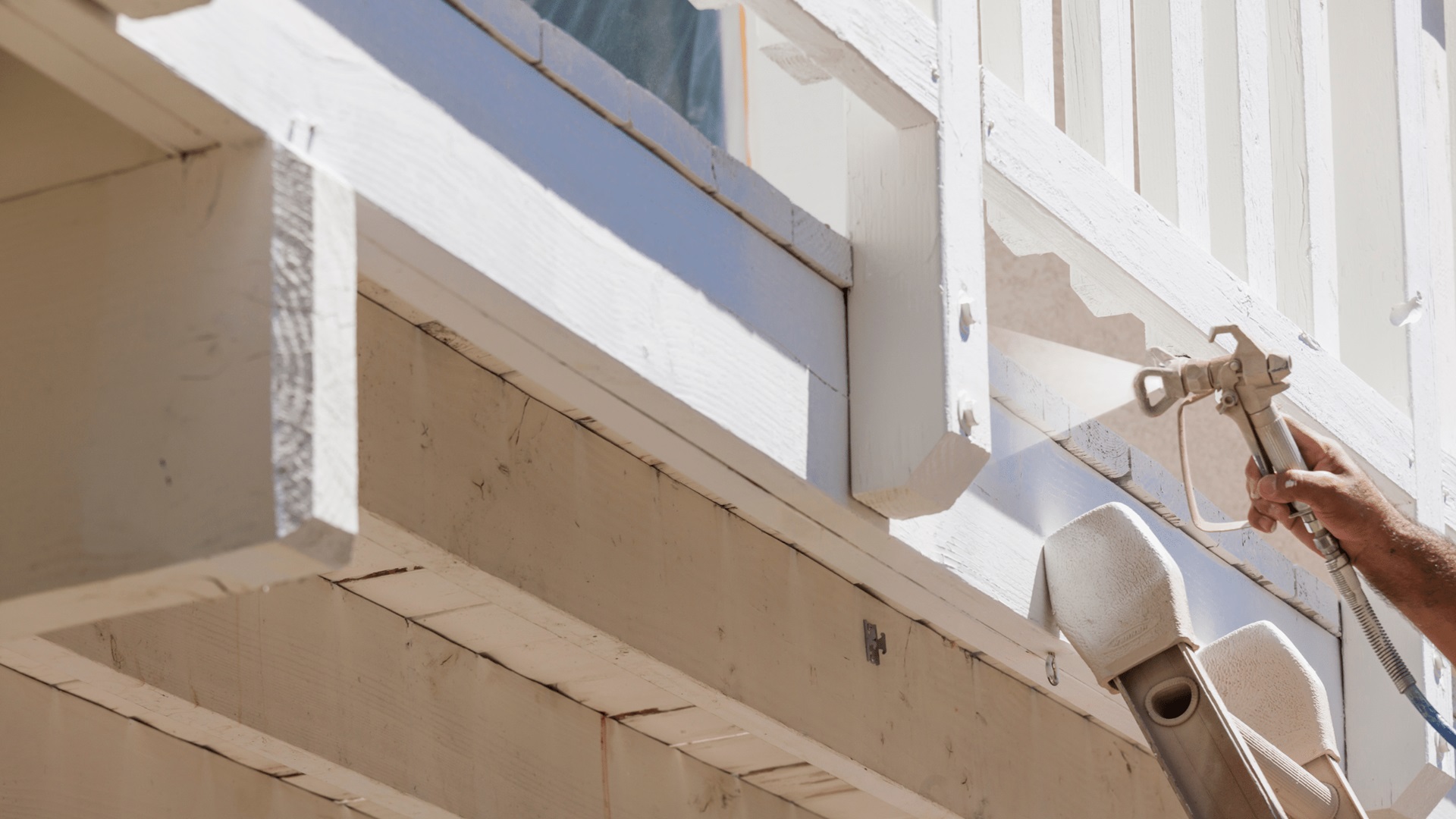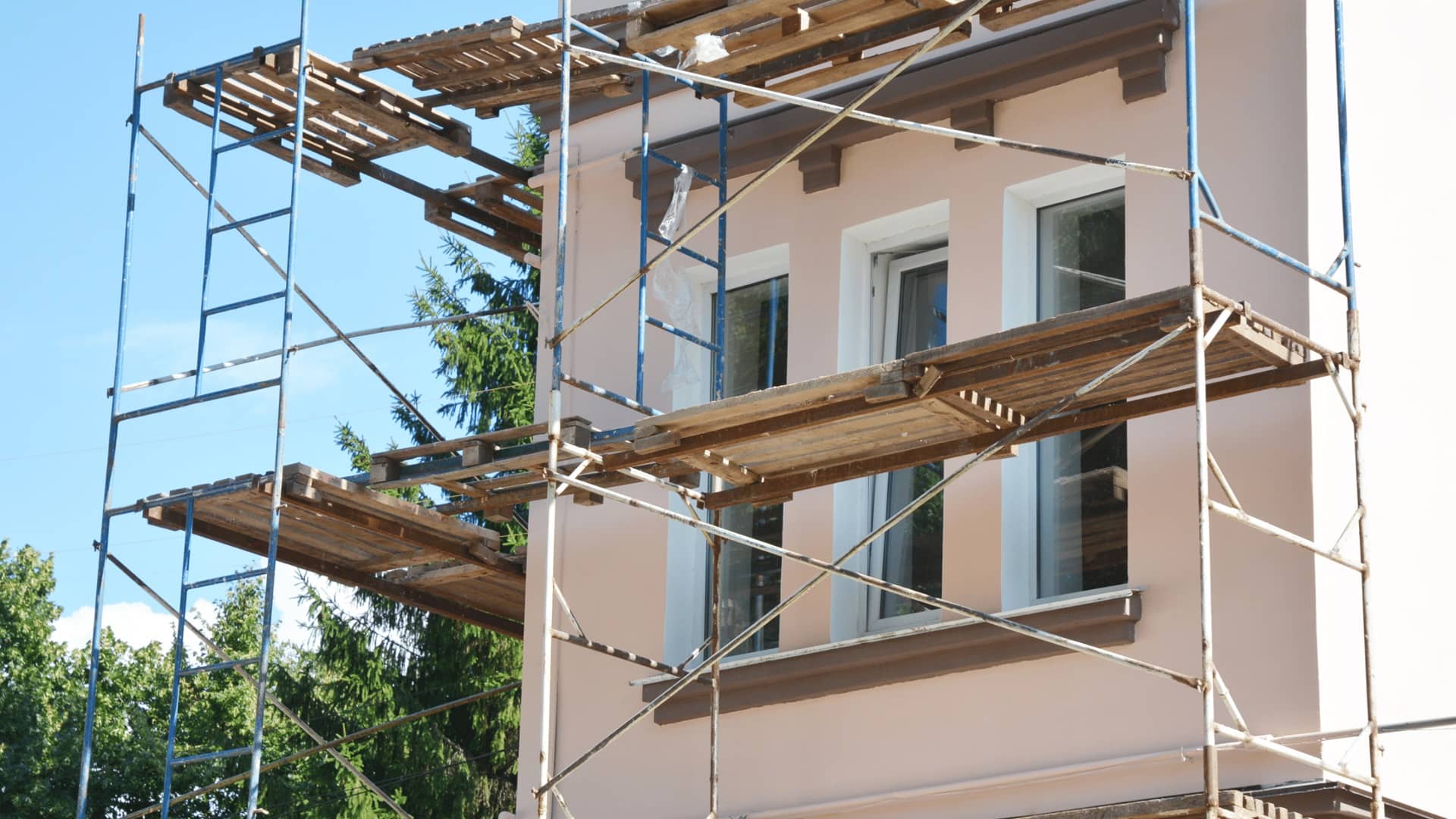Temperature plays a key role when it comes to painting the interior or the exterior of the house. Since we can maintain the interior using the HVAC system, it won’t be problematic for us to paint it whenever we want. However, the exterior is nature controlled, so we will have to be careful when painting it; otherwise, the wrong temperature can cause the paint to chip away or have a lower lifespan.
So to help you understand how paint is affected by the temperature, what should be the ideal temperature for painting, and the things you need to remember when painting in hot or cold weather, we have created this guide. And we hope by the end of it, you will be a savant in choosing the temperature correctly. So with that said, let’s dive right in:
How Temperature affects Paint
If you paint your home in a hot temperature, then the heat will make it dry rapidly. Plus, it will also affect its adhesion to the surface of the wall, which means the paint just won’t stick. When the temperature goes over 32 °C or 90 °F, then it starts to form blisters and bubbles, so once the paint finally cures, it starts to peel off.
As for the cold weather, when the temperature goes below 12.8 °C or 55 °F then it becomes too cold for the paint affecting its speed of curing. This is also not ideal because now the paint will take longer to dry, and all the dust, dirt, and grime will be attracted to its surface and get stuck in it.
Furthermore, surfaces that are improperly cured will have a higher tendency to chipping and cracking, plus, cold temperature affects the overall life of the paint as well. If you are using oil-based paint, you should know that it gets thick in cold temperature, which means brushing will be stiffer, application with be heavier, and you will be getting less coverage for each gallon.
What is the ideal temperature to paint the exterior of a house?
The best paint temperature depends on the type of paint you are using and also whether the place is covered or not. Since we are talking about exterior painting, so let’s just directly discuss the ideal temperatures for painting outside. So according to most of the paint manufacturers, following temperatures should be good enough:
- When using latex paint for outdoor painting, the surface and ambient temperatures should be minimum 10 °C or 50 °F.
- When using oil or solvent-based paint, the surface and ambient temperature should be above 12 °C for at least 48 hours.
If the temperatures are way lower than the ones mentioned above, then you can get the specially formulated latex paint, which is made to perform in low temperatures. Also, make sure to take humidity into account when painting, too much humidity can result in longer drying times and also discolouration of paint. We suggest you run dehumidifiers in the area before painting.
Tips for Painting in Cold Weather
- Make sure to check the surface before applying paint as the air outside might be warming up, but surfaces can take a bit longer. So check it manually and make sure it’s temperature is over 50 °F. If not, use a hairdryer or heat gun to warm the area a bit until it reaches the desired temperature.
- If the temperature of the air is not going above 50 °F, then you will have to make your own greenhouse for painting. It is pretty easy, just get six mil plastic, and create a bubble around the area you want to paint. You can also use zip poles or build a 2×4’ frame. Once you have an airtight structure in place, put a heater inside and let it warm up space for a while. Keep monitoring the temperature so you don’t end up cooking everything. Once the temperature comes under the ideal range, start painting while staying inside the bubble. Leave the heater running to maintain the temperature, but do not leave it overnight as it can pose a risk of fire.
- Colder temperatures can cause the paint to have adhering issues, which can make it harder for you to evenly coat it across the surface. You can counter this problem by using additives. Use Penetrol for oil paints and Floetrol for water paints, follow manufacturer’s instructions for adding them to the paint.
Tips for Painting in Hot Weather
- The important thing you need to remember is to stay out of direct sunlight. It can raise the temperature of the paint, making it dry faster than it should. Follow the shade around your building and paint in the area where there is no direct sunlight.
- Too hot temperatures can cause the paint to thicken as well. Therefore, we suggest that you add a few ice cubes to the bucket before adding the liner and paint. This small ice bath will keep the paint cool and avoid thickening before you brush it on the surface.
Your house’s exterior plays a critical role in its overall curb appeal. The better you paint it, the more it will attract attention and also add to its financial value. So we suggest you choose the time of the year for painting the house very carefully when the temperature is optimal and get the job done fast.





